Last updated on August 15, 2023
Most of us have been involved in or signed up for loyalty programs. The big question is, does each generation use them differently?
Companies offer loyalty programs to increase revenue and brand loyalty, thereby improving customer retention. They often offer points that can be converted into cash discounts or additional purchases. Caddle surveyed 9,138 Canadians in May 2023, and the data indicates there are distinct generational preferences between age groups when signing up for a loyalty program.
Designing a rewards program that engages consumers while simultaneously meeting business objectives requires an in-depth analysis of what resonates with their core customers. Finding ways to continually add value to each generation’s needs will build the foundation for any successful loyalty program.
Did You Know?
Baby boomers are 20% less likely to say that reward programs are extremely important to them. Compared to the younger generations, baby boomers seem to care less about loyalty programs, possibly due to the fact they do not embrace technology and have more wealth. Gen Z and Millennials, on the other hand, feel they are critical to convince them to stay loyal to a brand.

Younger Generations Are More Influenced by Rewards
Analyzing the nuances between generations regarding brand expectations can help capture greater market share. The importance of rewards programs is significantly more for Gen Z shoppers in the past few years compared to other generations. Gen Z is 13% more likely than millennials and 25% more likely than Gen X to feel reward programs are important to them. This is likely due to the current economic climate that has impacted Gen Z’s purchasing habits, meaning an increased usage of rewards programs to save money where possible.

More Personalization, More Loyalty
Shoppers tend to want more personalization and flexibility when redeeming their points. Making offers more relevant and expanding rewards to more brands, are the main motivators that drive shoppers to use loyalty reward programs. Millennials, Gen X, and Baby Boomers care most about seeing more relevant offers. Gen Z, on the other hand, wants the ability to use points in a wider variety of shops
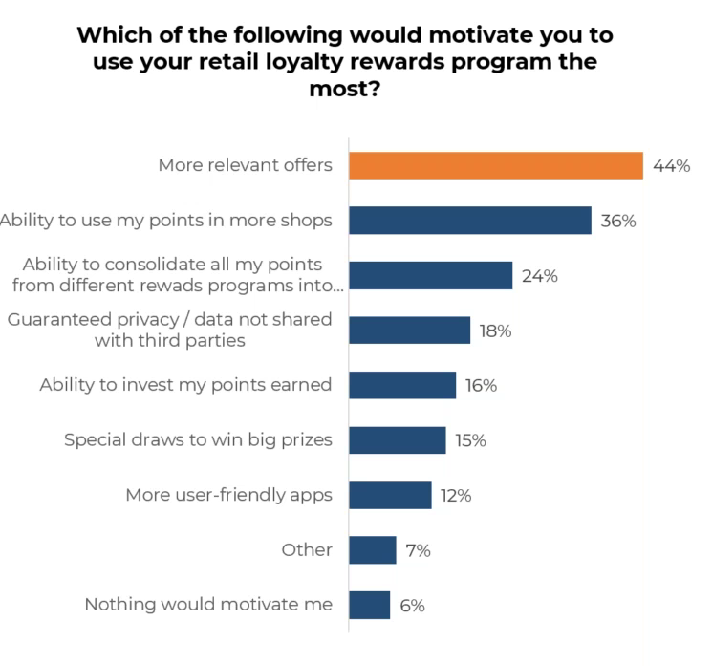
Understanding generational distinctions is critical for brands to establish relationships with the consumer. Since each generation has unique characteristics the ideal loyalty program will include a little bit of each generation’s preferences; however, that is not a simple feat. Brands will often have to pick and choose to focus on a few preferences and accept that a certain generation may not use their program because of it.
Unique Motivators
Cashback is across-the-board the top motivator for all generations, but there are other motivators to contemplate adding to a loyalty program to entice certain generational groups. The ability to consolidate reward points from different reward programs into one ecosystem is the most interesting to baby boomers, guaranteed privacy is most desired by Gen Z, and the ability to invest earned points is most wanted by Millennials. One unique motivator is access to special events where Gen Z cares significantly more compared to the other generations.

Arguably the most difficult motivator to cater to multiple generations is app and website design. Generations at both poles of the spectrum emphasize that a factor for not using a loyalty program is when the web/app is not user-friendly. If both generations are dissatisfied with the website or app of their reward programs but for very different reasons. It would be almost impossible to satisfy both the Baby Boomers and Gen Z equally because they come from distinct perspectives and want radically different interfaces and designs. Baby Boomers might find the app challenging to use while Gen Z shoppers, who are more digitally savvy, might have higher expectations or may want a different interface that closely mimics some of their most-used apps.
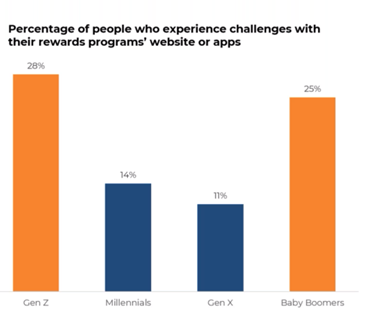
Key Takeaways
Modern consumers across generations want the flexibility to purchase in whatever way is most convenient for them. The more channels and variety of rewards a loyalty program has, the more likely multiple generations will engage and purchase more from that brand. By leveraging loyalty programs that provide multigenerational satisfaction, brands can create meaningful, more personalized experiences that drive brand awareness and ultimately, sales. Watch our full webinar recording to learn more about loyalty programs and generational preferences.
Reach out to our team to become a client and learn more about Loyalty Programs. You can also sign up for our free weekly newsletter to receive our daily survey data.
*Disclaimer: all data is collected and presented by Caddle
Get better business insights, faster, with Caddle.
Want more Caddle Insights? Sign up to our email list!

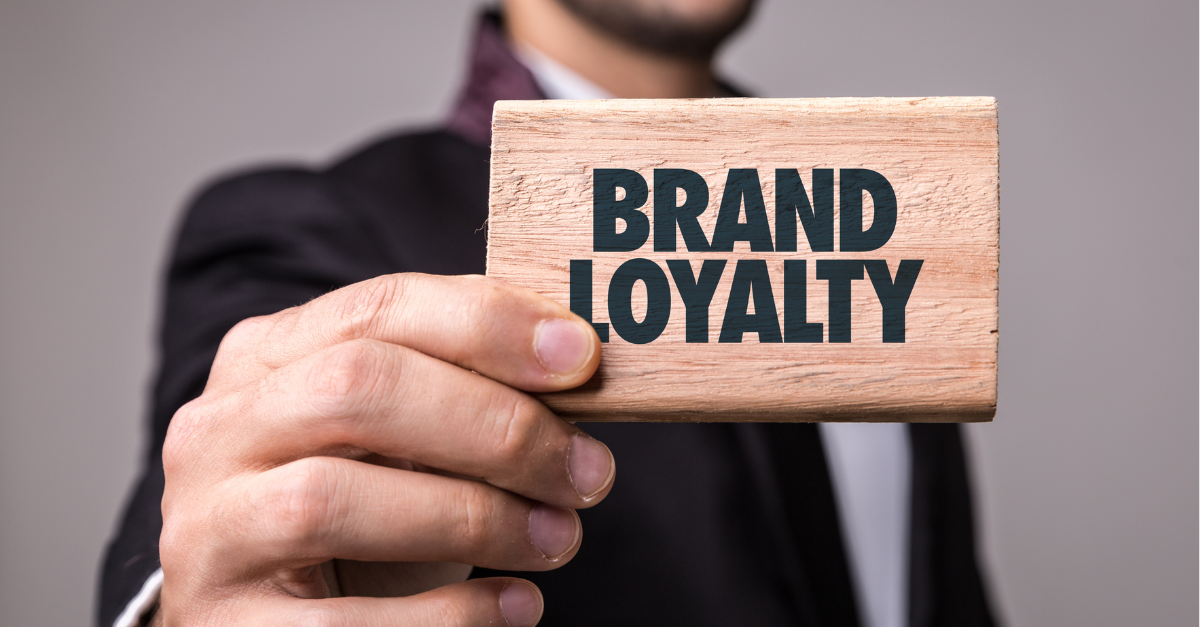
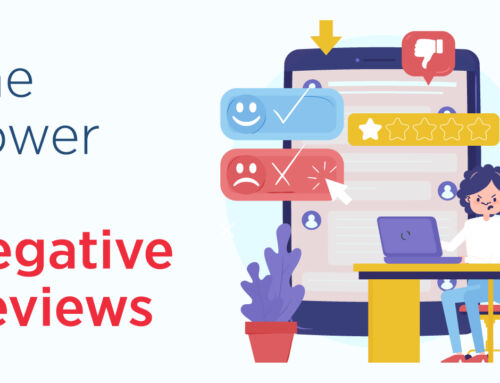
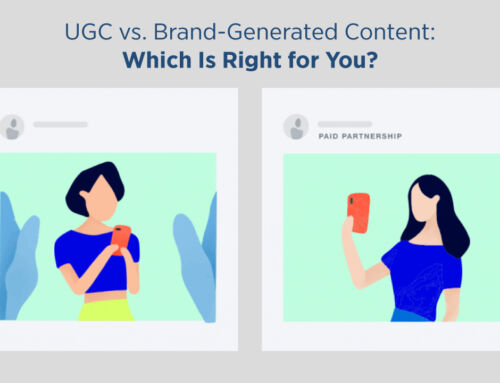
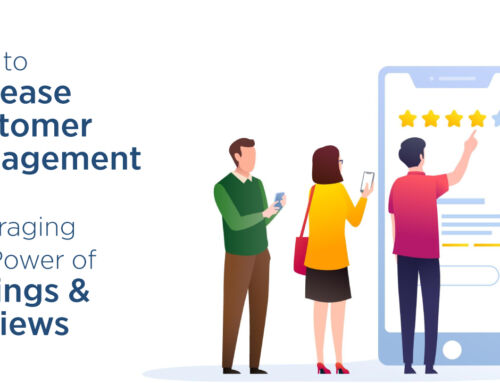
Leave A Comment